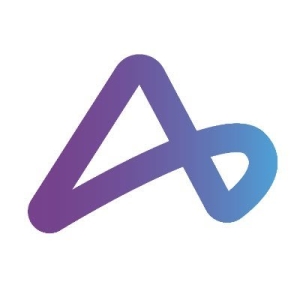Allbound's user interface for administrators is extremely intuitive. The user-friendly interface and features make it easy for a typical user to navigate, which was what we were looking for in a partner platform. The daily and monthly releases from Allbound demonstrate their commitment to evolving with the market. After we integrated our systems, onboarding became seamless and as simple as signing up with an email address and enabling our APIs to communicate. Keeping the connection active and building within our system helped us ensure that we had everything we needed. We are able to customize the content that different partners see when they log in. It's as simple as creating a group and tagging that content with that group. The ability for customization is extremely important for us. Allbound enables our partners to rebrand our white-label collateral. We see many of our smaller and larger partners using it, but we plan to reach out to medium-sized partners to learn why they are not using the co-brand feature as much. We are currently investigating if it is because of a lack of knowledge or a lack of need. However, we know that the feature is being used regularly by those who are aware of it. Our channel account managers are using the channel insights features. They recently made a change to the feature that changed its visibility. As an admin, we are still producing those reports, but I can also say that we are producing them regularly for our CAM team. Allbound has helped us to increase partner engagement. We send our newsletter from there, and we can send reminder notifications for things like training. We can also create special programs for certain alliance partners that are different from our reseller partners.





